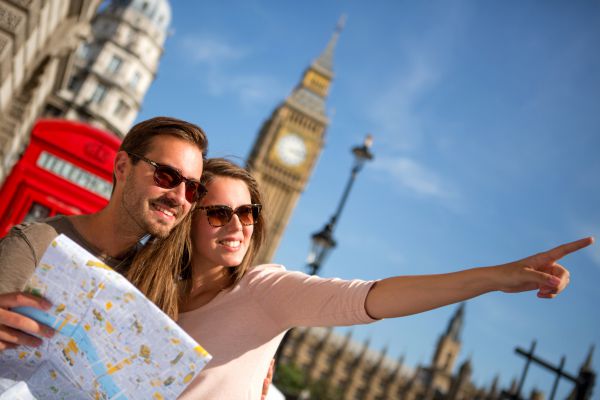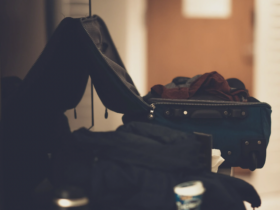Halloween has become a time honoured ritual that takes place on the evening of October 31st. Children dress in their spookiest costumes and go from door to door demanding candy with the threat of tricks should the person not hand over the goods. But what is the history of it? Over to you Professor Quantum… conductor and lecturer extraordinaire of the London Time Tours Bus, our teacher, our guide, our whit and wisdom… share with us some of your pearls of knowledge! Although costumes have changed to include everything from super heroes to princesses and there are far more treats than there are tricks Halloween continues to thrill children and adults alike when it rolls around each fall. This annual ritual goes as far back as pagan times and the ancient Celtic festival known as Samhain which was steeped in superstition and fear.
Samhain was the time of harvest but more importantly the time when days became shorter and the dark and cold of winter approached. The festival looked at the frightening boundary of the living and the dead and the Celts at the time believed that ghosts of dead relatives came back to the mortal world on this day. The festival involved the lighting of bonfires in the villages which were built in order to ward off evil spirits. The priests of the time known as Druids helped Samhain celebrations as well and it was their responsibility to keep the hearth of each home warm with fire provided by the burning embers from the village’s sacred bonfires. These fires burned throughout the winter in order to protect families while providing the warmth needed to survive the cold winter ahead.
With the arrival of the Romans some of their own festivals and rituals were merged with those of the Celts and it is believed this is where the tradition of bobbing for apples might have come into play. Apples were the symbol of Pomona, the Roman goddess of fruit which might explain this ritual still practiced at Halloween parties today.
The Saxons then added their influence to the fall festivities which were used until the arrival of the new religion of Christianity. They brought “All Hallows Day” to the Celts which is where the name Halloween is believed to have originated. This celebration also tied in with the overall theme of the dead. Also known as “All Saints Day” the festivies were designed to remember the saints who had sacrificed their lives for their Christian beliefs. Pope Gregory changed the date of All Saints Day from May 13th to November 1st in attempt to merge the Samhain festival with the Christian celebration.
Practices from different cultures merged together including dressing up to trick the dead into believing you were a ghoul as well, placing jack o lanterns in the window to scare away the dead and evil spirits and bobbing for apples adopted from the Romans. The practice of going trick or treating is actually stolen from traditions from our neighbours across the pond in North America. All told this little bit of history continues to spook us every evening of October 31st and provide our children with a supply of sweets to last them well until Christmas.
























